Charles M. Kozierok The TCP-IP Guide
Подождите немного. Документ загружается.

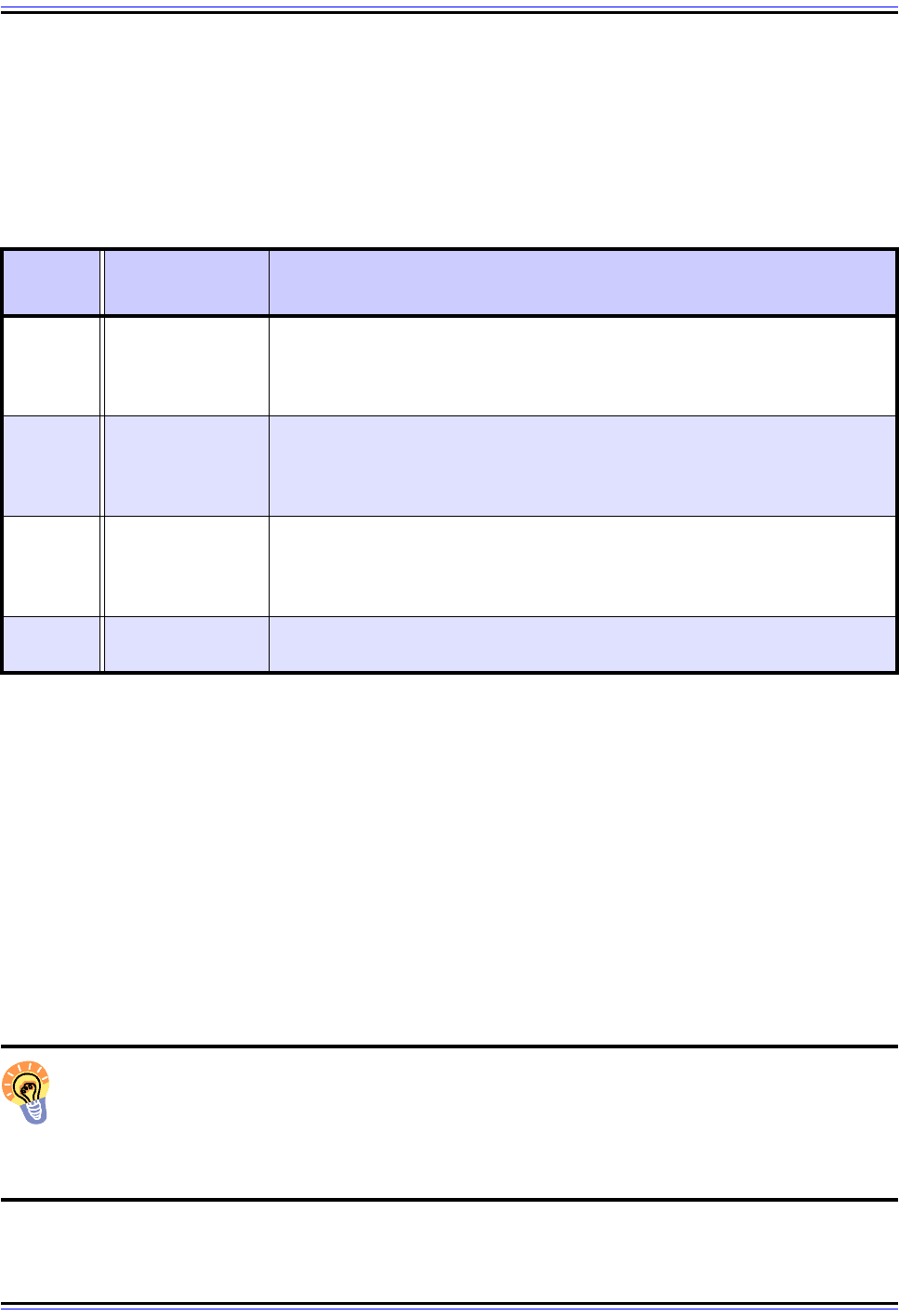
The TCP/IP Guide - Version 3.0 (Contents) ` 651 _ © 2001-2005 Charles M. Kozierok. All Rights Reserved.
are many fewer Code values for ICMPv6. The ICMPv6 Code values were “streamlined”,
mainly because several of the ICMPv4 codes were related to relatively obscure features
that aren't applicable to ICMPv6.
Table 104 shows the different Code values, corresponding message subtypes and a brief
explanation of each:
Note that Code value 2 is not used. Also, Destination Unreachable messages are only sent
when there is a fundamental problem with delivering a particular datagram; they are not
sent when a datagram is dropped simply due to congestion of a router.
Processing of Destination Unreachable Messages
It is up to the recipient of an ICMPv6 Destination Unreachable message to decide what to
do with it. However, just as the original datagram may not reach its destination, the same is
true of the Destination Unreachable message itself. Therefore, a device cannot rely on the
receipt of one of these error messages to inform it of every delivery problem. This is
especially true given that it is possible some unreachable destination problems may not be
detectable.
Key Concept: ICMPv6 Destination Unreachable messages are used in the same
manner as the ICMPv4 message of that name: to inform a sending device of a failure
to deliver an IP datagram. The message’s Code field provides information about the
nature of the delivery problem (though the Code values are different than they are in
ICMPv4.)
Table 104: ICMPv6 Destination Unreachable Message Subtypes
Code
Value
Message
Subtype
Description
0
No Route To
Destination
The datagram was not delivered because it could not be routed to the
destination. Since this means the datagram could not be sent to the desti-
nation device's local network, this is basically equivalent to the “Network
Unreachable” message subtype in ICMPv4.
1
Communication
With Destination
Administratively
Prohibited
The datagram could not be forwarded due to filtering that blocks the
message based on its contents. Equivalent to the message subtype with
the same name (and Code value 13) in ICMPv4.
3
Address
Unreachable
There was a problem attempting to deliver the datagram to the host
specified in the destination address. This code is equivalent to the ICMPv4
“Host Unreachable” code and usually means the destination address was
bad or there was a problem with resolving it into a layer two address.
4 Port Unreachable
The destination port specified in the UDP or TCP header was invalid or
does not exist on the destination host.
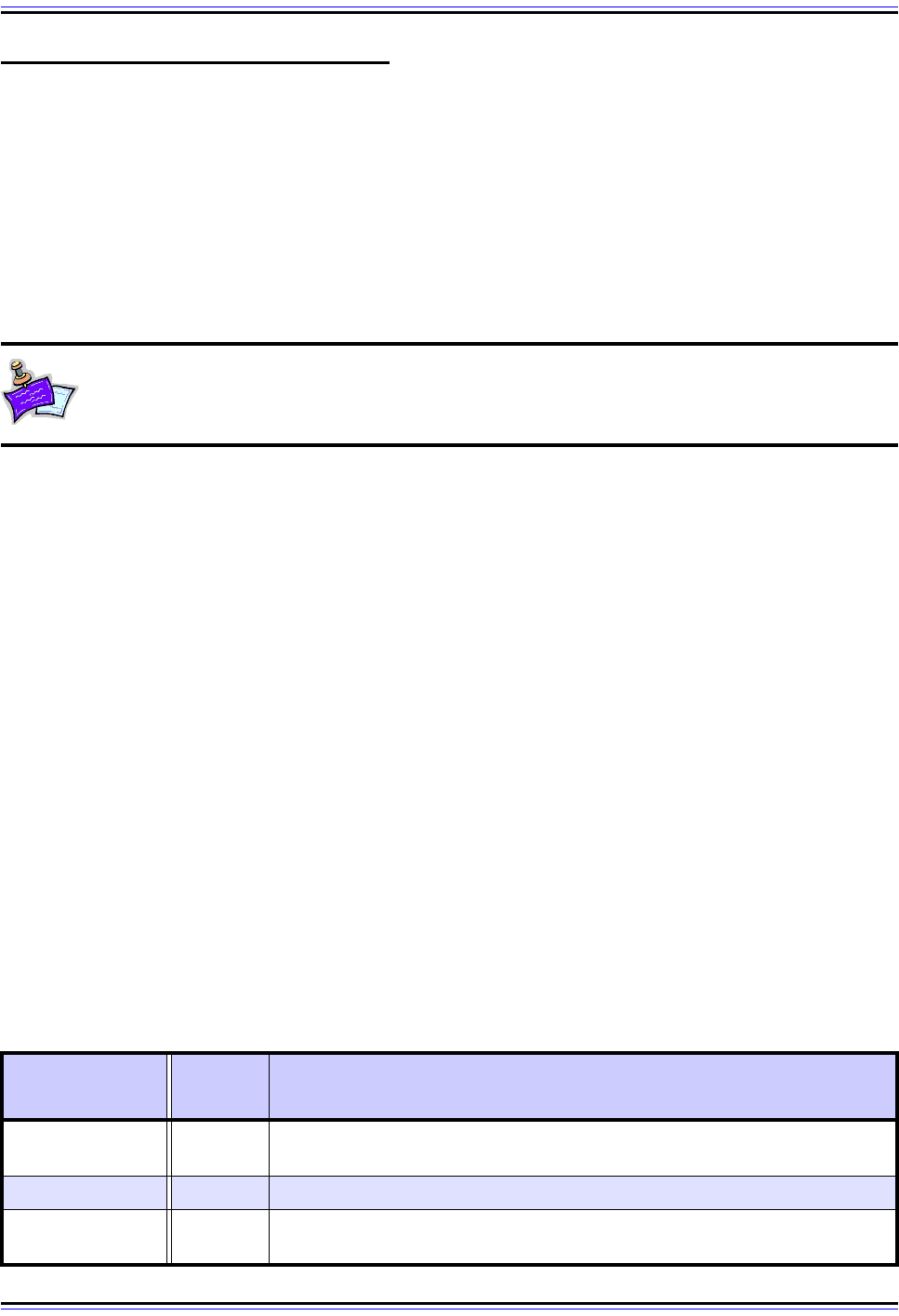
The TCP/IP Guide - Version 3.0 (Contents) ` 652 _ © 2001-2005 Charles M. Kozierok. All Rights Reserved.
ICMPv6 Packet Too Big Messages
One of the most interesting changes made to the operation of the Internet Protocol in
version 6 is related to the process of datagram fragmentation and reassembly. In IPv4, a
host can send a datagram of any size allowed by the IP specification out onto the inter-
network. If a router needs to send the datagram over a physical link that has a maximum
transmission unit (MTU) size that is too small for the size of the datagram, it will automati-
cally fragment the datagram and send the fragments individually so they will fit. The
destination device will receive the fragments and reassemble them. I explain the basics
behind this in the section on IPv4 datagram size, MTU, fragmentation and reassembly.
Note: Recall that “packet” is a synonym for “datagram”. I generally use the latter
term, but this message has “packet” in the name and it’s not like I was just going to
change it!
Even though it is convenient for hosts to be able to rely on routers to automatically fragment
messages as needed, it is inefficient for routers to spend time doing this. For this reason, in
IPv6 the decision was made to not allow routers to fragment datagrams. This puts the
responsibility on each host to ensure that datagrams they send out are small enough to fit
over every physical network between itself and any destination. This is done either by using
the IPv6 default minimum MTU of 1280, which every physical link must support, or a special
Path MTU Discovery process for determining the minimum MTU between a pair of devices.
Again, the full details are in the discussion of IPv6 datagram size, MTU, fragmentation and
reassembly.
If an IPv6 router is not allowed to fragment an IPv6 datagram that is too large to fit on the
next physical link over which it must be forwarded, what should the router do with it? The
datagram can't be forwarded, so the router has no choice but to discard it. When this
happens, the router is required to report this occurrence back to the device that initially sent
the datagram, using an ICMPv6 Packet Too Big message. The source device will know that
it needs to fragment the datagram in order to have it successfully reach its destination.
ICMPv6 Packet Too Big Message Format
Table 105 and Figure 153 show the format for ICMPv6 Packet Too Big messages:
Table 105: ICMPv6 Packet Too Big Message Format (Page 1 of 2)
Field Name
Size
(bytes)
Description
Type 1
Type: Identifies the ICMPv6 message type; for Packet Too Big messages
this is set to 2.
Code 1 Code: Not used for this message type; set to 0.
Checksum 2
Checksum: 16-bit checksum field for the ICMP header, as described in the
topic on the ICMP common message format.
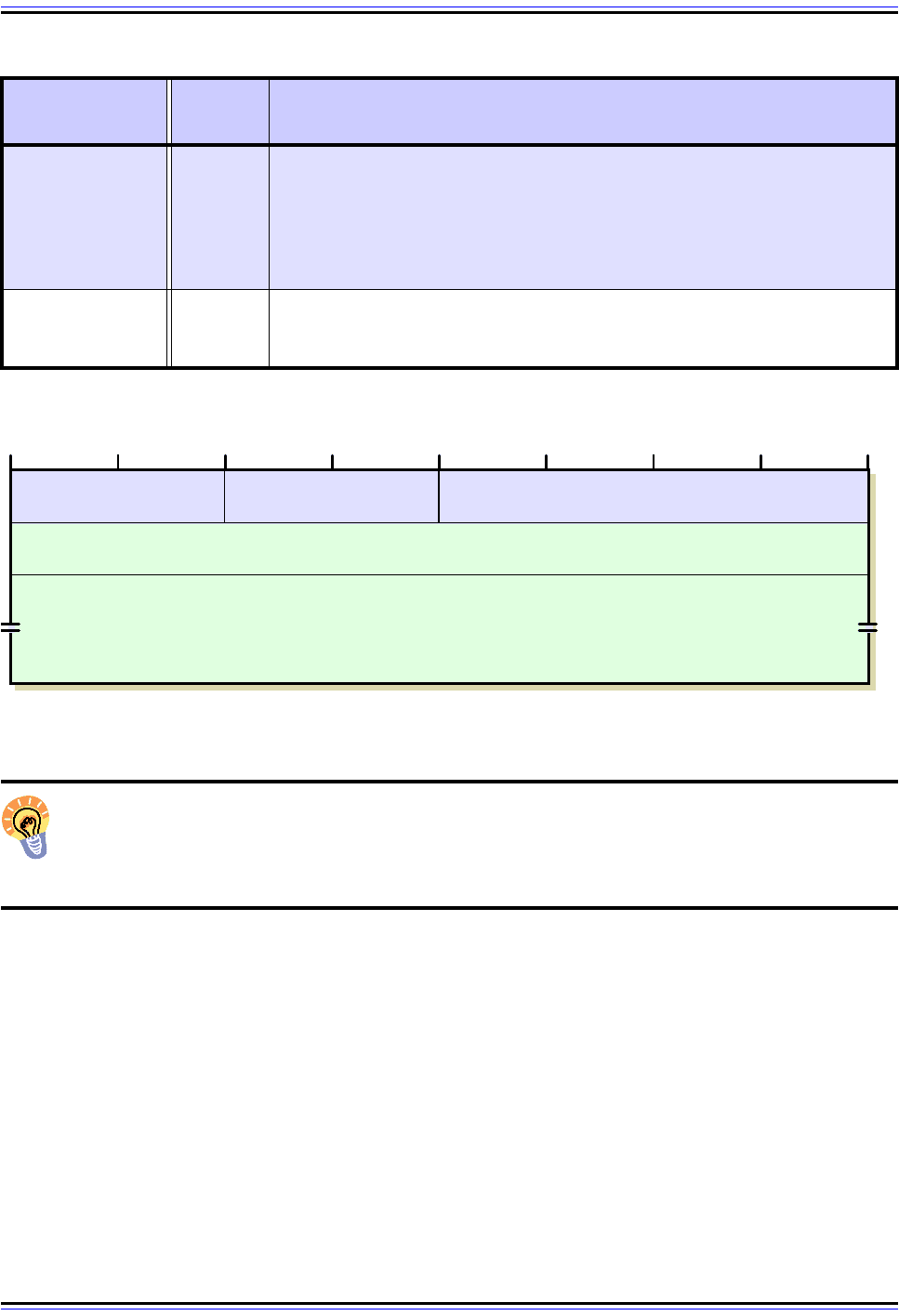
The TCP/IP Guide - Version 3.0 (Contents) ` 653 _ © 2001-2005 Charles M. Kozierok. All Rights Reserved.
Key Concept: In IPv6, routers are not allowed to fragment datagrams that are too
large to send over a physical link to which they are connected. An oversized
datagram is dropped, and an ICMPv6 Packet Too Big message sent back to the
datagram’s originator to inform it of this occurrence.
Applications of Packet Too Big Messages
While Packet Too Big is obviously an error message, it also has another use: the implemen-
tation of Path MTU Discovery. This process, described in RFC 1981, defines a method for a
device to determine the minimum MTU for a path to a destination. To perform path MTU
discovery, the source device sends a series of test messages, decreasing the size of the
datagram until it no longer receives Packet Too Big messages back in response to its tests.
See the topic on IPv6 MTU and fragmentation issues for a bit more detail on this.
MTU 4
MTU: The maximum transmission unit (MTU) size, in bytes, of the physical
link over which the router wanted to send the datagram, but was not able to
do so due to the datagram's size. Including this value in the Packet Too Big
message tells the source device the size it needs to use for its next trans-
mission to this destination to avoid this problem in the future (at least for
this particular link.)
Original
Datagram
Portion
Variable
Original Datagram Portion: As much of the IPv6 datagram as will fit
without causing the size of the ICMPv6 message (including its own IP
header) to exceed the minimum IPv6 MTU of 1280 bytes.
Figure 153: ICMPv6 Packet Too Big Message Format
Table 105: ICMPv6 Packet Too Big Message Format (Page 2 of 2)
Field Name
Size
(bytes)
Description
Type = 2 Code = 0 Checksum
MTU (of physical link where error occurred)
Original IPv6 Datagram Portion
(As Much As Will Fit Without Exceeding The 1280-Byte IPv6 Minimum MTU)
4 8 12 16 20 24 28 320
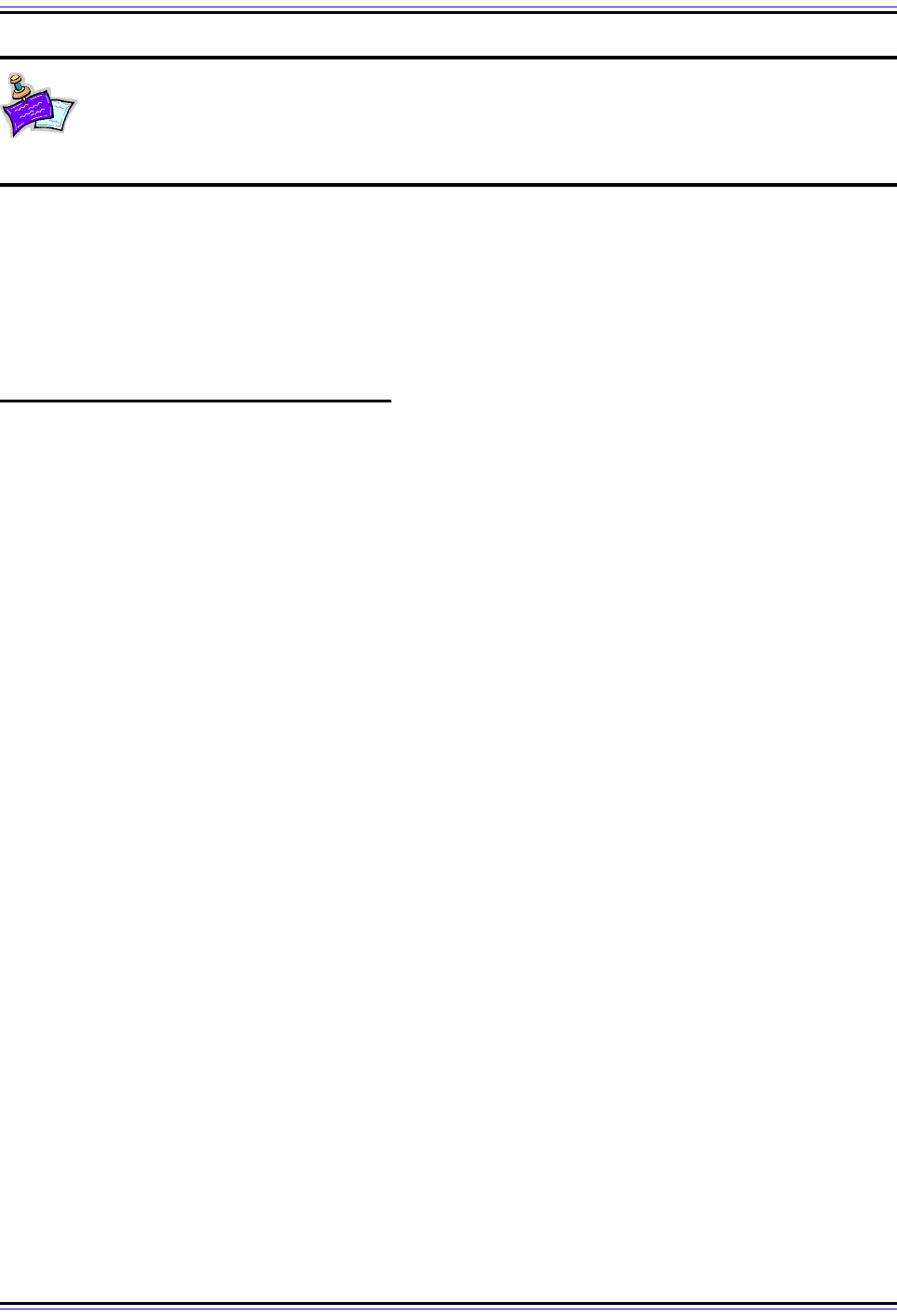
The TCP/IP Guide - Version 3.0 (Contents) ` 654 _ © 2001-2005 Charles M. Kozierok. All Rights Reserved.
Note: The Packet Too Big message is new to ICMPv6. However, its use is
somewhat similar to the use of the Fragmentation Needed and DF Set version of
the ICMP4 Destination Unreachable message type, which is used as part of IPv4’s
path MTU discovery feature.
Incidentally, Packet Too Big is an exception to the rule that ICMP messages are sent only in
response to unicast datagrams; it may be sent in reply to an oversized multicast datagram.
If this occurs, it is important to realize that some of the intended targets of the multicast may
still have received it, if the path the multicast took to them did not go through the link with
the small MTU that caused the error.
ICMPv6 Time Exceeded Messages
The engineers who first designed the Internet Protocol recognized that due to the nature of
how routing works on an internetwork, there was always a danger that a datagram might
get “lost in the system” and spend too much time being passed from one router to another.
They included in IPv4 datagrams a field called Time To Live, which was intended to be set
to a time value by the device sending the datagram, and used as a timer to cause the
discard of the datagram if it took too long to get it to its destination.
Eventually, the meaning of this field changed so it was used not as a time in seconds but a
number of hops through which the datagram was allowed to be sent. In IPv6, the new
meaning of this field was formalized when it was renamed Hop Limit. Regardless of name,
the field still has the same basic purpose: it restricts how long a datagram can exist on an
internetwork by limiting the number of times routers can forward it. This is particularly
designed to provide protection against router loops that may occur in large or improperly-
configured internetworks. An example of this situation is where Router A thinks datagrams
intended for network X should next go to Router B; B thinks they should go to Router C; and
C thinks they need to go to A. Without a Hop Limit, such datagrams would circle forever,
clogging networks and never accomplishing anything useful, as shown in Figure 154.
Each time a router passes an IPv6 datagram, it decreases the Hop Limit field. If the value
ever reaches zero, the datagram expires and is discarded. When this happens, the router
that dropped the datagram sends an ICMPv6 Time Exceeded message back to the
datagram's originator to inform it that the datagram was dropped. This is basically the same
as the ICMPv4 Time Exceeded message. As in the ICMPv4 case, the device receiving the
message must decide whether and how to respond to receipt of the message. For example,
since the error can be caused by a device using a Hop Limit that was too low, the device
may try to re-send the datagram with a higher value before concluding that there is a
routing problem and giving up. (See the topic covering the ICMPv4 Time Exceeded
message for an illustration of how TTL expiration works.)
Just as with the ICMPv4 equivalent, there is also another “time expiration” situation that
ICMPv6 Time Exceeded messages are used for. When an IP message is broken into
fragments that are sent independently, the destination device is charged with reassembling
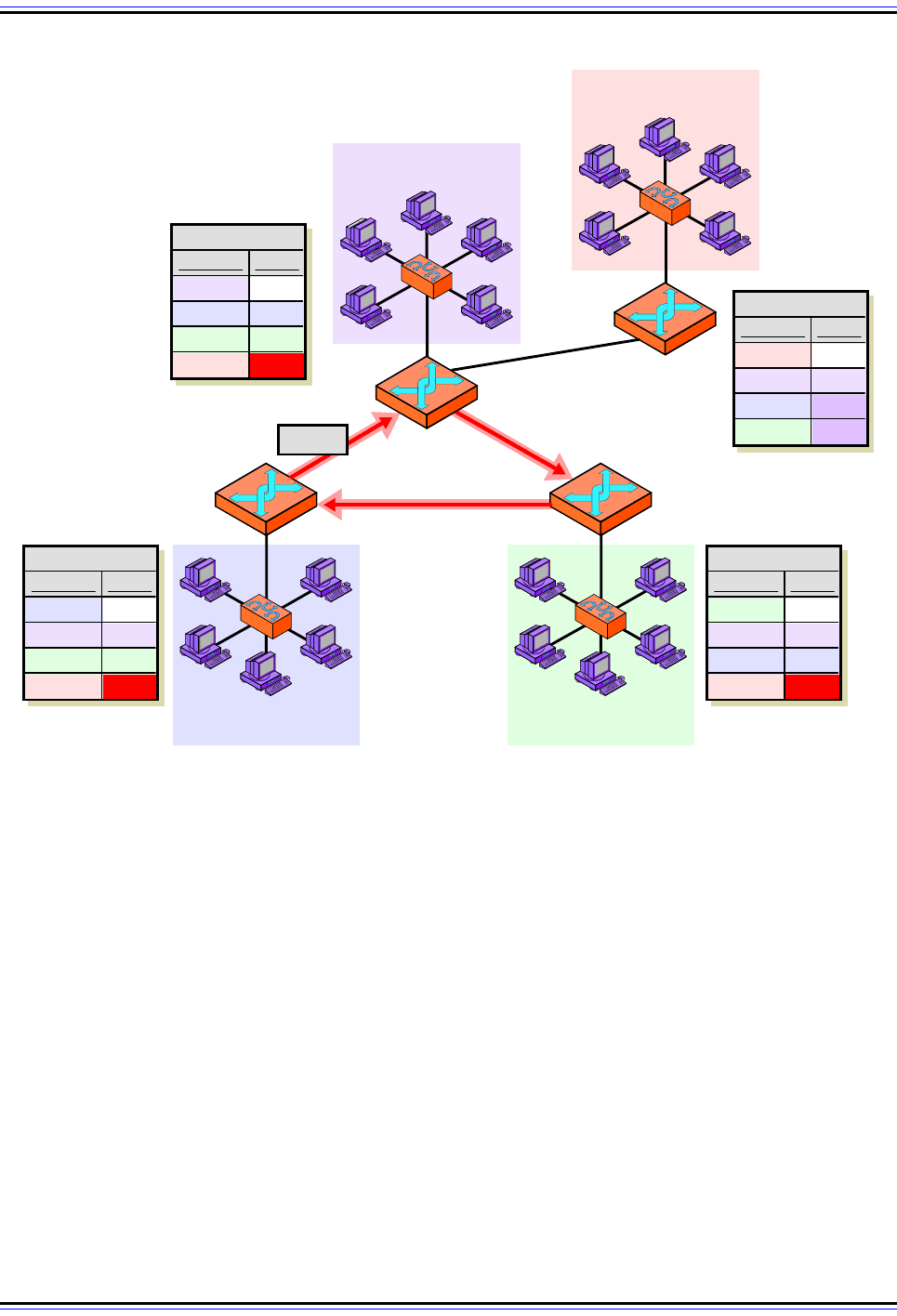
The TCP/IP Guide - Version 3.0 (Contents) ` 655 _ © 2001-2005 Charles M. Kozierok. All Rights Reserved.
the fragments into the original message. One or more fragments may not make it to the
destination, however. To prevent the device from waiting forever, it sets a timer when the
first fragment arrives. If this timer expires before all of the other fragments are also
received, the device gives up on this message. The fragments are tossed out, and a Time
Exceeded message is also generated.
Figure 154: An Example of A Router Loop
This diagram shows a simple internetwork consisting of four networks, each of which is served by a router. It
is an adaptation of Figure 93, but in this case the routing tables have been set up incorrectly. R1 thinks that it
needs to route any traffic intended for network N4 to R3; R3 thinks it goes to R2; and R2 thinks it goes back to
R1. This means that when any device tries to send to N4, the datagram will circle this “triangle” until its Hop
Limit is reached, at which point an ICMPv6 Time Exceeded message will be generated.
R1 R4
R1 Routing Table
Ne tw o r k Route
N1 Direc t
N2 R2
N3 R3
N4 R3
R2 Routing Table
Ne tw o r k Route
N2 Direc t
N1 R1
N3 R3
N4
R1
R3 Routing Table
Ne tw o r k Route
N3 Direc t
N1 R1
N2 R2
N4
R2
R4 Routing Table
Ne tw o r k Route
N4 Direc t
N1 R1
N2
R1
N3
R1
R2 R3
N2 N3
N1
N4
Dest=N4
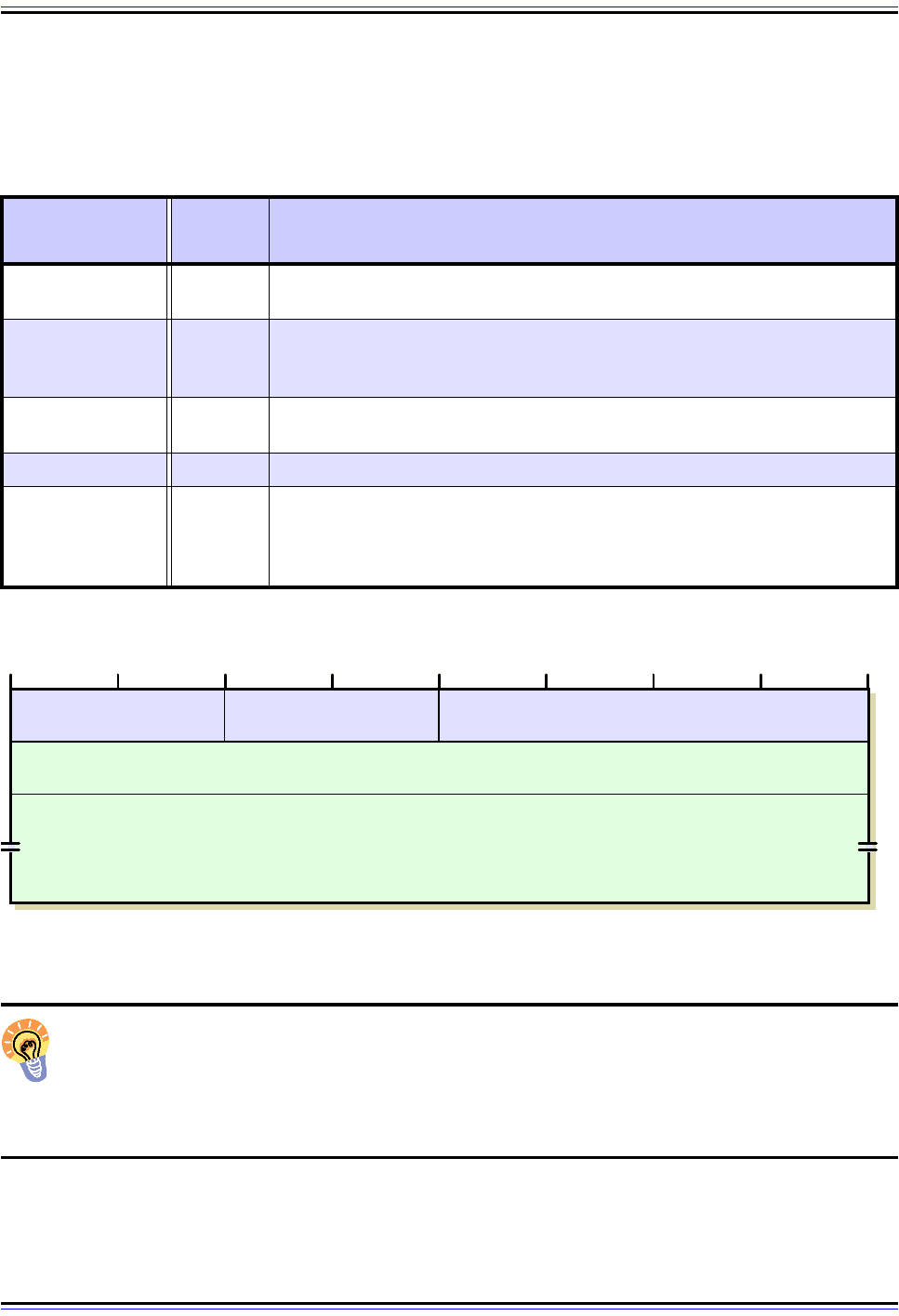
The TCP/IP Guide - Version 3.0 (Contents) ` 656 _ © 2001-2005 Charles M. Kozierok. All Rights Reserved.
ICMPv6 Time Exceeded Message Format
The format for ICMPv6 Time Exceeded messages can be found in Table 106 and Figure
155.
Key Concept: Like their ICMPv4 namesakes, ICMPv6 Time Exceeded messages
are sent in two different “time-related” circumstances. The first is if a datagram’s Hop
Limit field is reduced to zero, causing it to expire and the datagram to be dropped.
The second is when all the pieces of a fragmented message are not received before the
recipient’s reassembly timer expires.
Table 106: ICMPv6 Time Exceeded Message Format
Field Name
Size
(bytes)
Description
Type 1
Type: Identifies the ICMPv6 message type; for Time Exceeded messages
this is set to 3.
Code 1
Code: Identifies the “subtype” of time error being communicated. A value
of 0 indicates expiration of the Hop Limit field; a value of 1 indicates that
the fragment reassembly time has been exceeded.
Checksum 2
Checksum: 16-bit checksum field for the ICMP header, as described in the
topic on the ICMP common message format.
Unused 4 Unused: 4 bytes left blank and not used.
Original
Datagram
Portion
Variable
Original Datagram Portion: As much of the IPv6 datagram as will fit
without causing the size of the ICMPv6 error message (including its own IP
header) to exceed the minimum IPv6 maximum transmission unit (MTU) of
1280 bytes.
Figure 155: ICMPv6 Time Exceeded Message Format
Type = 3
Code
(Timer Type)
Checksum
Unused
Original IPv6 Datagram Portion
(As Much As Will Fit Without Exceeding The 1280-Byte IPv6 Minimum MTU)
4 8 12 16 20 24 28 320
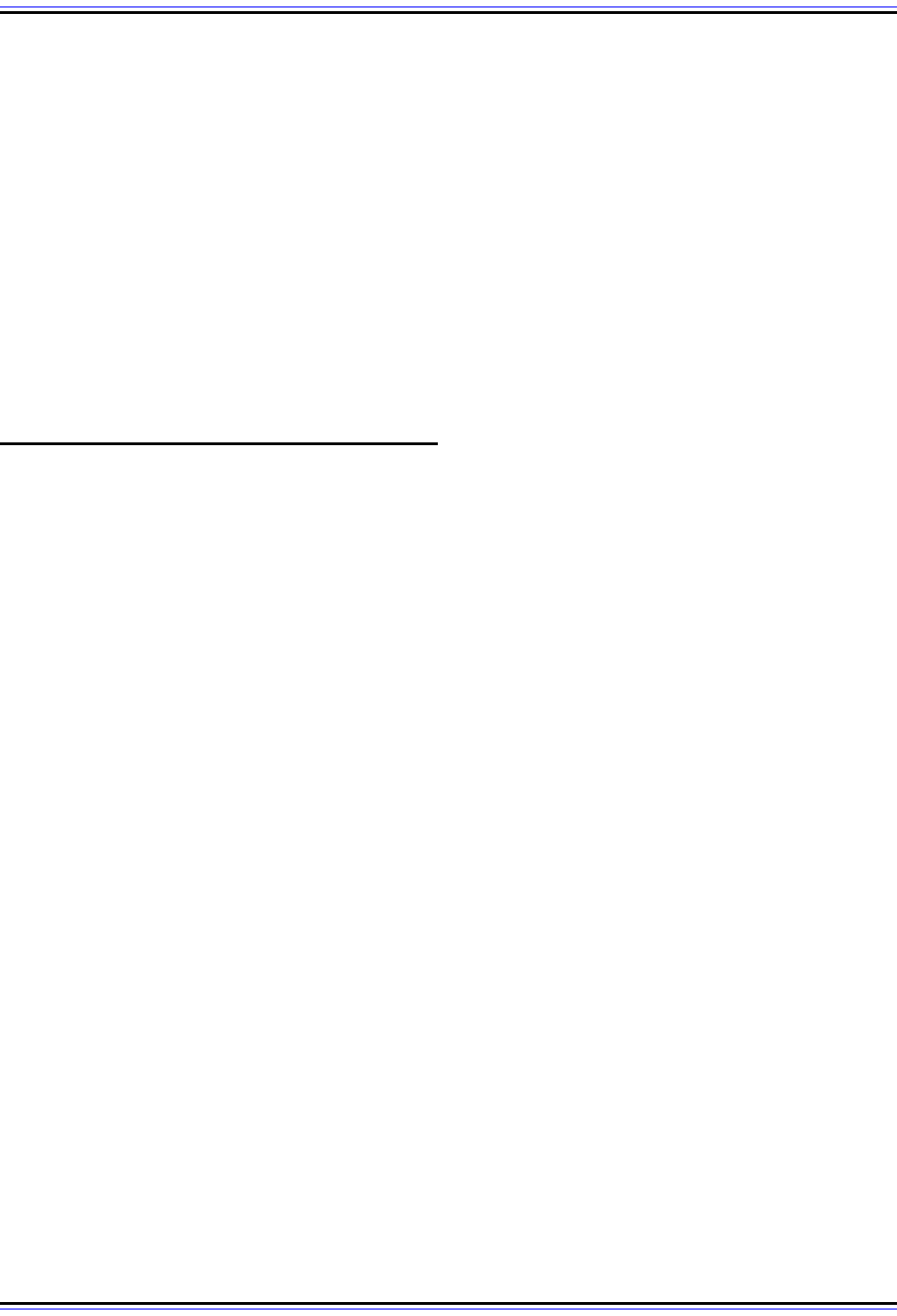
The TCP/IP Guide - Version 3.0 (Contents) ` 657 _ © 2001-2005 Charles M. Kozierok. All Rights Reserved.
Applications of Time Exceeded Messages
In IPv4, ICMP Time Exceeded messages are used both as an error message and in a
clever application to implement the TCP/IP traceroute command. This is done by first
sending a “dummy” datagram is sent with a Time To Live value of 1, causing the first hop in
the route to discard the datagram and send back an ICMP Time Exceeded. Then, a second
datagram is sent to the same destination with a TTL value of 2, causing the second device
in the route to report back a Time Exceeded, and so on.
There is of course an IPv6 version of traceroute, sometimes called traceroute6. Due to IPv6
and its protocols and applications still being in development, I have not been able to confirm
definitively that traceroute6 is implemented using ICMPv6 Time Exceeded messages in the
manner described above, but I believe this is the case (and it certainly would make sense.)
See the topic discussing traceroute for further information.
ICMPv6 Parameter Problem Messages
The ICMPv6 Destination Unreachable, Packet Too Big and Time Exceeded messages
described in the previous topics in this section are used to indicate specific error conditions
to the original sender of a datagram. Recognizing that a router or host may encounter some
other problem in processing a datagram that is not covered by any of these message types,
ICMPv6 includes a generic error message type, just as ICMPv4 did. This is called the
ICMPv6 Parameter Problem message.
As the name suggests, a Parameter Problem message indicates that a device found a
problem with a parameter (another name for a datagram field) while attempting to work its
way through the header (or headers) in an IPv6 datagram. This message is only generated
when the error encountered is serious enough that the device could not make sense of the
datagram and had to discard it. That is, if an error is found that a device is able to recover
from and not drop the datagram, no Parameter Problem message is created.
As was the case for the ICMPv4 version of this message, the ICMPv6 message was
designed to be generic, so it can indicate an error in basically any field in the original
datagram. A special Pointer field is used that points to the place in that datagram where the
error was encountered. By looking at the structure of the original message (which as you
may recall is included, up to a certain size, in the ICMP message format) the original device
can tell which field contained the problem. The Code value is also used to communicate
additional general information about the nature of the problem.
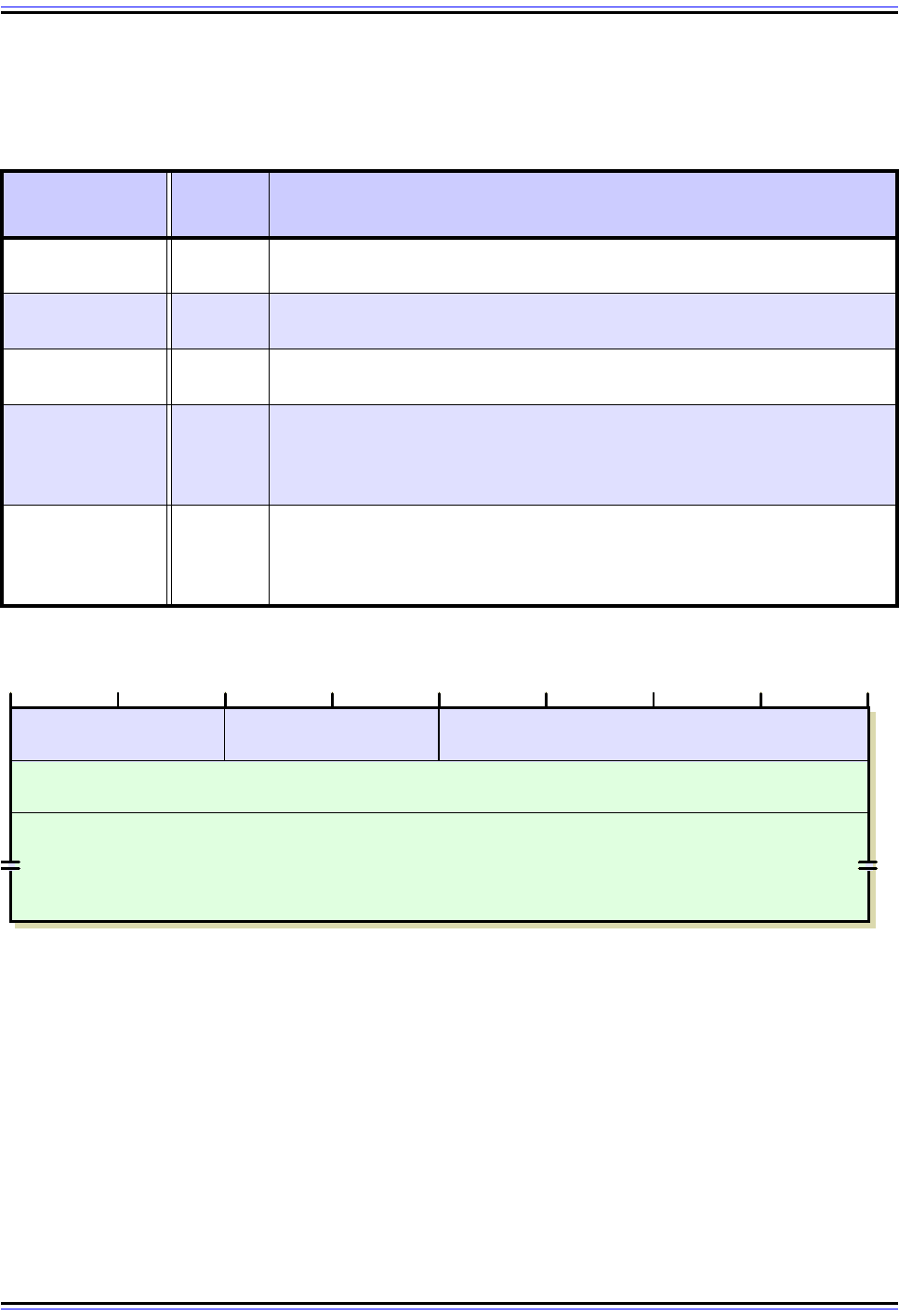
The TCP/IP Guide - Version 3.0 (Contents) ` 658 _ © 2001-2005 Charles M. Kozierok. All Rights Reserved.
ICMPv6 Parameter Problem Message Format
Table 107 and Figure 156 show the format for ICMPv4 Parameter Problem messages:
Parameter Problem Message Interpretation Codes and The Pointer Field
The Pointer field, which was only 8 bits wide in ICMPv4, has been widened to 32 bits in
ICMPv6, to provide more flexibility in isolating the error. The Code value is also used
somewhat differently in ICMPv6 than it was in the ICMPv4 version of this message type. In
ICMPv4, the Pointer was used only when the Code field was 0, and other code values
indicated other problem categories for which the Pointer field did not make sense. In
ICMPv6, the Pointer field is used with all Code types, to indicate the general nature of what
the problem is. This means the Pointer field tells the recipient of the Parameter Problem
Figure 156: ICMPv6 Parameter Problem Message Format
Table 107: ICMPv6 Parameter Problem Message Format
Field Name
Size
(bytes)
Description
Type 1
Type: Identifies the ICMPv6 message type; for Parameter Problem
messages this is set to 4.
Code 1
Code: Identifies the general class of the parameter problem. See Table
108 for more information.
Checksum 2
Checksum: 16-bit checksum field for the ICMP header, as described in the
topic on the ICMP common message format.
Pointer 4
Pointer: An offset that points to the byte location in the original datagram
that caused the Parameter Problem message to be generated. The device
receiving the ICMP message can use this value to get an idea of which
field in the original message had the problem.
Original
Datagram
Portion
Variable
Original Datagram Portion: As much of the IPv6 datagram as will fit
without causing the size of the ICMPv6 error message (including its own IP
header) to exceed the minimum IPv6 maximum transmission unit (MTU) of
1280 bytes.
Type = 4
Code
(Problem Type)
Checksum
Pointer
Original IPv6 Datagram Portion
(As Much As Will Fit Without Exceeding The 1280-Byte IPv6 Minimum MTU)
4 8 12 16 20 24 28 320
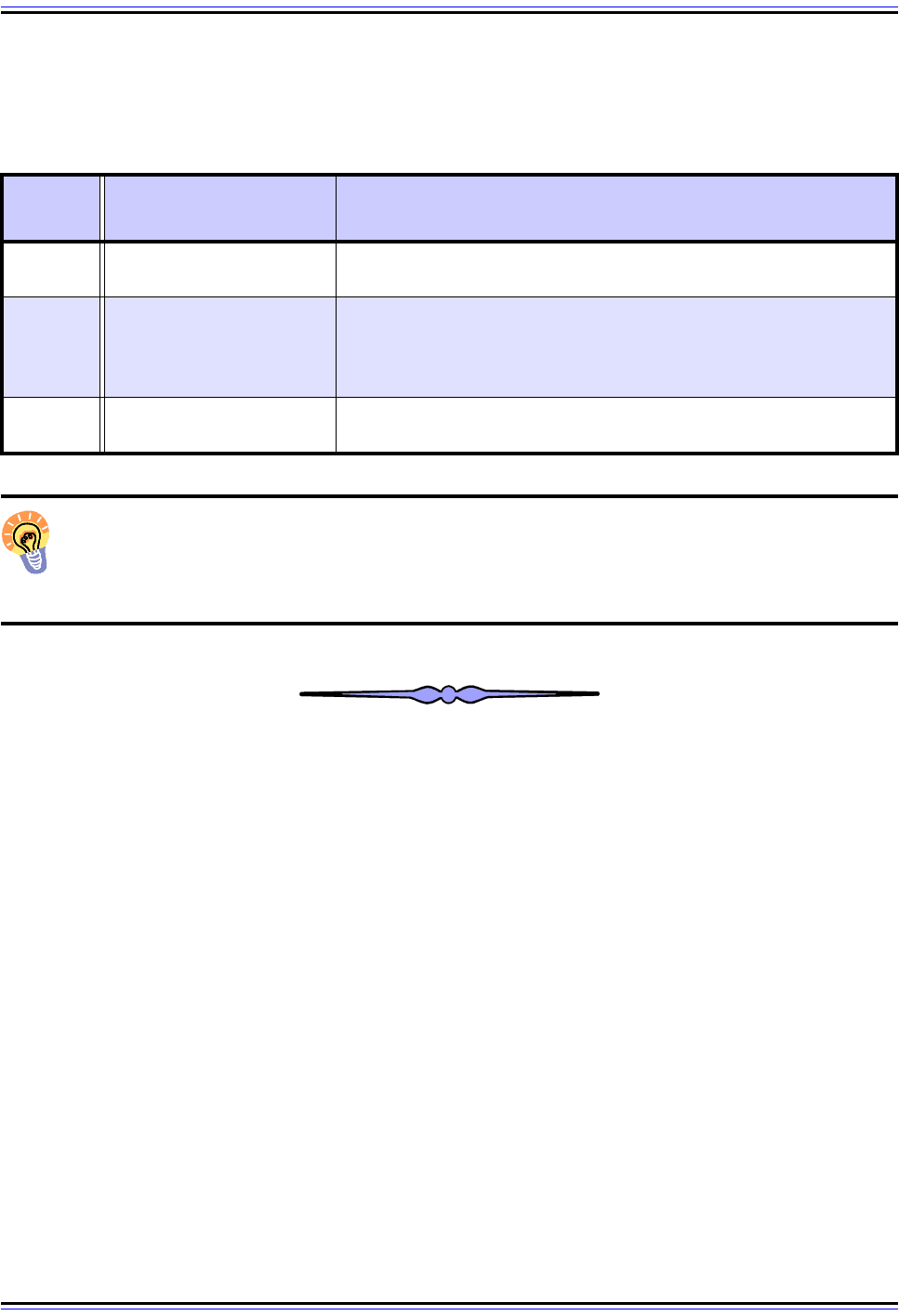
The TCP/IP Guide - Version 3.0 (Contents) ` 659 _ © 2001-2005 Charles M. Kozierok. All Rights Reserved.
where in the message the problem happened, and the Code field tells it what the nature of
the problem is. The following table shows the three Code values and provides a brief expla-
nation of each:
Key Concept: The ICMPv6 Parameter Problem message is a generic error
message that can be used to convey an error of any type in an IP datagram. The
Pointer field is used to indicate to the recipient of the message where the problem
was in the original datagram.
Table 108: ICMPv6 Parameter Problem Message Interpretation Codes
Code
Value
Message Subtype Description
0
Erroneous Header Field
Encountered
The Pointer field points to a header that contains an error or
otherwise could not be processed.
1
Unrecognized Next
Header Type Encountered
Recall that in IPv6 a datagram can have multiple headers, each of
which contains a Next Header field that points to the next header in
the datagram. This code indicates that the Pointer field points to a
Next Header field containing an unrecognized value.
2
Unrecognized IPv6 Option
Encountered
The Pointer field points to an IPv6 option that was not recognized
by the processing device.
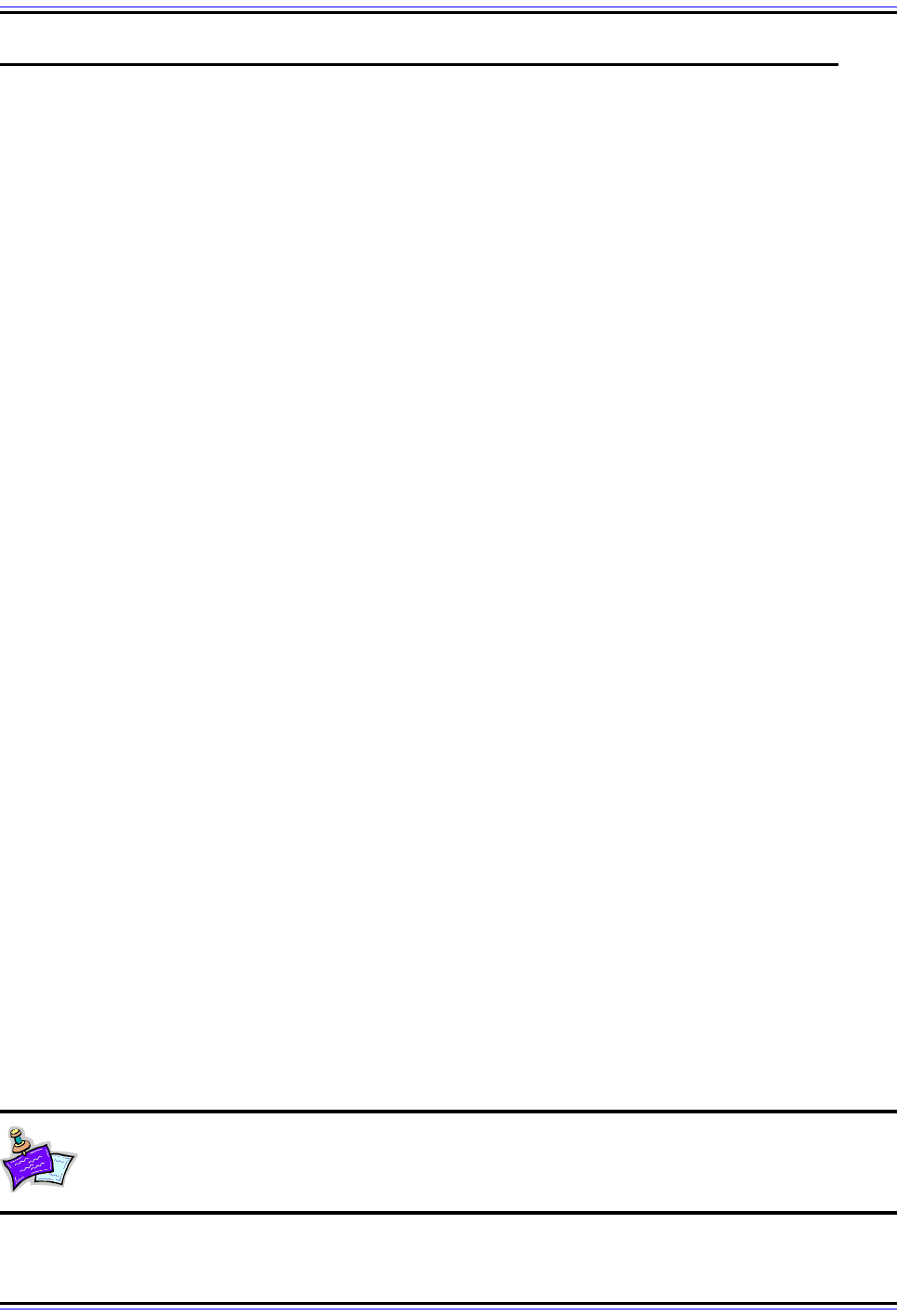
The TCP/IP Guide - Version 3.0 (Contents) ` 660 _ © 2001-2005 Charles M. Kozierok. All Rights Reserved.
ICMP Version 6 (ICMPv6) Informational Message Types and Formats
In the previous section we explored a number of ICMPv6 error messages, which are sent
back to the originator of an IPv6 datagram when an error is detected in it that makes it
impossible to be delivered. Just as was the case with the original version of ICMP
(ICMPv4), ICMPv6 also defines another class of message: informational messages. These
ICMPv6 messages are used not to report errors, but to allow the sharing of information
required to implement various test, diagnostic and support functions critical to the operation
of IPv6.
In this section I describe eight different ICMPv6 informational messages in five topics (six of
these messages are used in matching pairs, and the pairs are described together). I begin
by describing ICMPv6 Echo Request and Echo Reply messages, used for network connec-
tivity testing. I explain the format of Router Advertisement and Router Solicitation
messages, used to let hosts discover local routers and learn necessary parameters from
them. I then describe ICMPv6 Neighbor Advertisement and Neighbor Solicitation
messages, used for various communications between hosts on a local network, including
IPv6 address resolution. I discuss IPv6 Redirect messages, which let routers inform hosts
of better first-hop routers, and IPv6 Router Renumbering messages.
Several of the ICMPv6 informational messages include additional information that is either
optional, recommended or mandatory, depending on the circumstances under which the
message is generated. Some of these are shared between message types, so they are
described in a separate topic at the end of the section.
In IPv4, the use of many of the ICMP informational messages was described in a variety of
different standards. In IPv6, many of the functions using informational messages have been
gathered together and formalized in the IPv6 Neighbor Discovery (ND) Protocol. The solici-
tation and advertisement of local routers and neighboring hosts, as well as communication
of redirection information are both examples of activities for which ND is responsible. In
fact, five of the ICMP messages described in this section are actually defined in the
Neighbor Discovery standard, RFC 2461.
ND and ICMPv6 are obviously closely related, given that ND describes the use of several of
the ICMP messages: Router Advertisement, Router Solicitation, Neighbor Advertisement,
Neighbor Solicitation and Redirect. Thus, just as ICMPv4 is an important “assistant” to IPv4,
both ICMPv6 and ND are important helpers for IPv6. In this Guide, I provide most of the
description of how these messages are used in the detailed section on ND. In this section, I
provide only a brief summary of their use, while focusing primarily on message format and
the meaning of each of the fields in that format.
Note: In ICMPv6, the Redirect message is informational, and no longer
considered an error message as it was in ICMPv4.
